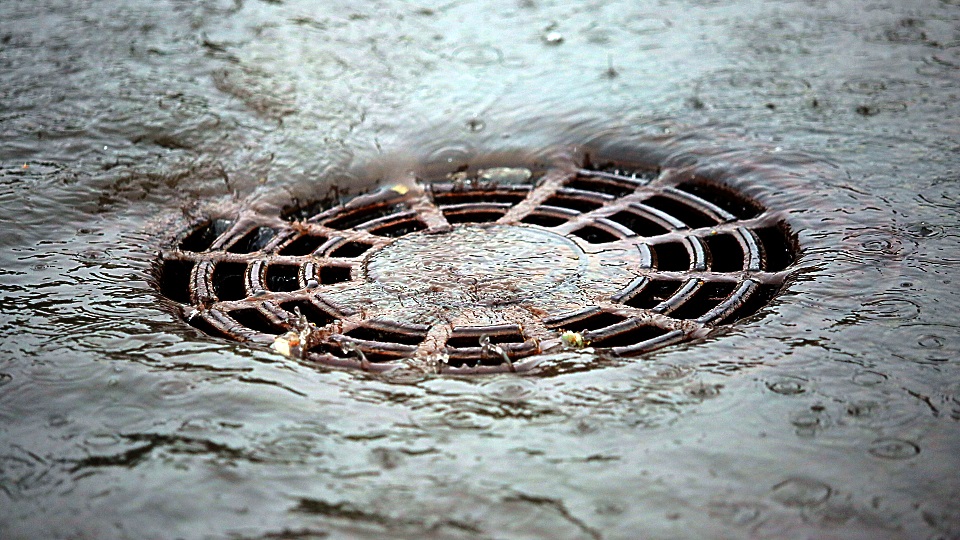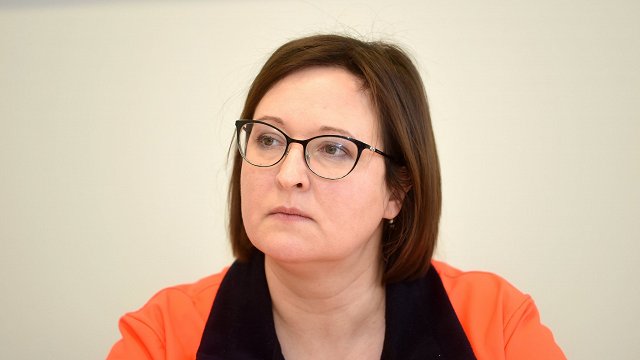In spring, Latvian scientists managed to develop a method and demonstrate that the presence of COVID-19 can also be measured in the sewer system. The collection of samples in Kuldīga has shown that such monitoring can be a warning in good time in which city or district the outbreak is expected in the coming week, thereby allowing the responsible services to react in time.
A device that takes water samples into urban sewer systems accurately measures the level of COVID-19 concentrations in wastewater throughout the day. This method has been developed by Latvian scientists from the Biomedical Research and Studies Centre, the Scientific Institute BIOR and the Riga Technical University (RTU).
“For the third month now, samples are being taken in several cities of Latvia. One of these is Kuldīga, which also made it clear to us that
we see the presence of the virus in the wastewater five to six days before an outbreak of the epidemic in the city happens. We can trick time a little by saying that there is a problem, and then the relevant services can react in a timely manner, rather than waiting for the sick,” said RTU Science Prorector Tālis Juhņa.
At the moment, scientists are working to identify the number of sick people in the city fairly accurately through this method. “There is a pretty good correlation between the number of sick people and the concentration of viral RNA in the wastewater.
If we find 20-50 units per milliliter of sewage and know there are about 1,000 people in town then ten people are sick.
We know they are there, we just have to find out where they are,” says Juhna.
Scientists hope that as soon as next year, both in Latvia and in other countries, measurements in sewer systems will be put into practice, thereby helping to fight the spread of the virus. The method will be approved very soon and, together with the World Health Organization, work is also in progress to allow it to be used daily for the detection of various other pathogens in the future, thereby preventing other pandemics.




























